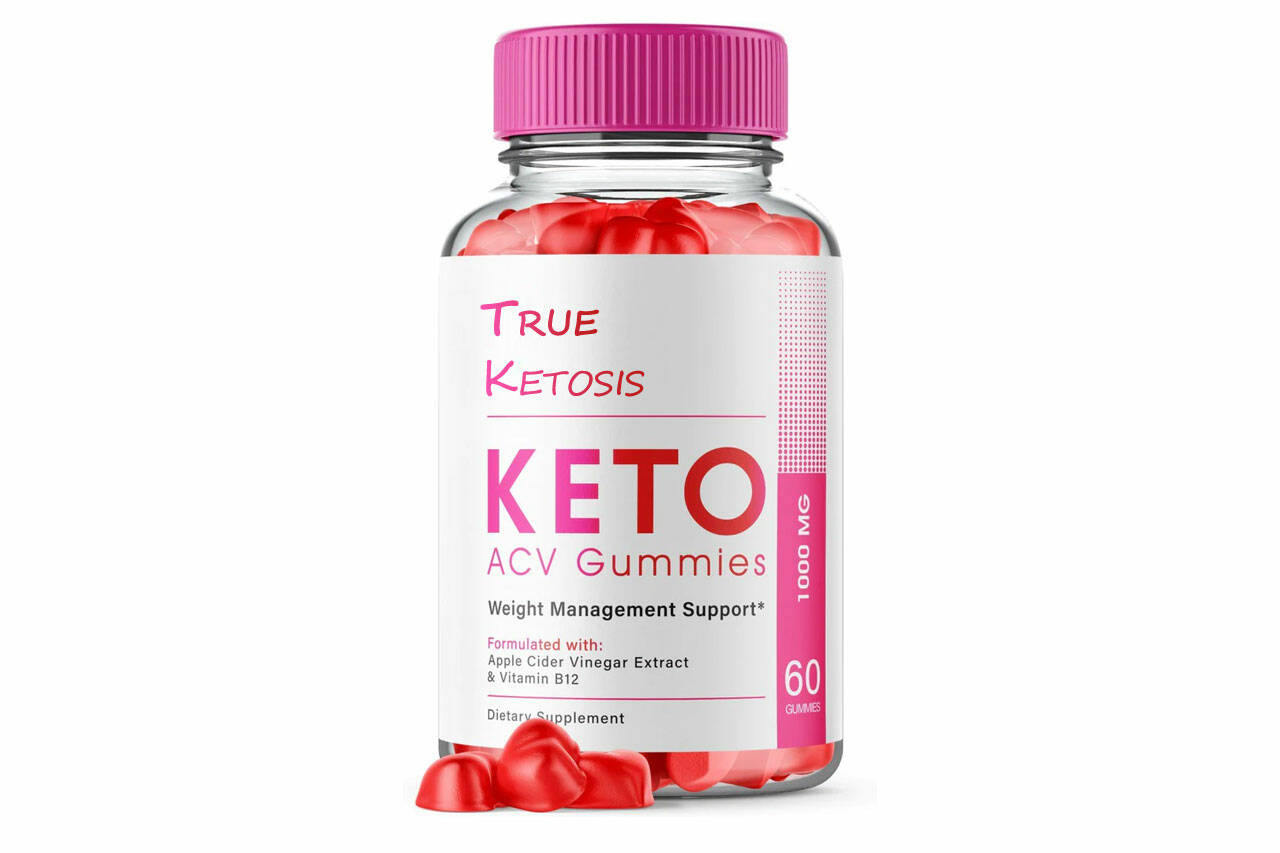How to Get into Ketosis in 24 Hours
Introduction
Ketosis is a metabolic state where your body burns fat for fuel instead of carbohydrates. Achieving ketosis quickly can be beneficial for weight loss, improved mental clarity, and higher energy levels. This article will guide you through the steps to enter ketosis in just 24 hours.
Table of Contents
Understanding Ketosis
What is Ketosis?
Ketosis occurs when your body doesn’t have enough carbohydrates to burn for energy. Instead, it burns fat and makes things called ketones, which it can use as fuel.
The Role of Ketones
Ketones are an alternative energy source for both your brain and body. They are produced when your body metabolizes fat, either from your diet or from your body fat.
Preparing for Rapid Ketosis
Mental Preparation
Set clear goals and mentally prepare for dietary changes and possible challenges like the keto flu.
Physical Preparation
Ensure you’re healthy enough for a ketogenic diet and consider consulting a healthcare provider before starting.
Nutrition Strategy
Macronutrient Ratios
Adjust your macronutrient intake to about 70-80% fats, less than 10% carbohydrates, and 10-20% protein.
Foods to Consume
Recommended Fats
Avocado, coconut oil, and other healthy fats are crucial.
Best Proteins
Opt for grass-fed meats, fatty fish, and eggs.
Carbs to Avoid
Eliminate sugars, grains, and high-carb fruits from your diet.
Supplementation
Exogenous Ketones
These can help raise blood ketone levels, mimicking what happens in fasting.
MCT Oil
MCT oil provides medium-chain triglycerides, a type of fat that can be converted into ketones quickly.
Electrolytes
Maintaining electrolyte balance is crucial, especially magnesium, potassium, and sodium.
Fasting Techniques
Intermittent Fasting
A 16-hour fast followed by an 8-hour eating window can accelerate ketosis.
Fast Mimicking
A very low-calorie diet mimicking the effects of fasting can also help.
Exercise and Activity
High-Intensity Interval Training (HIIT)
Short bursts of high-intensity exercise can help deplete glycogen stores and enter ketosis faster.
Strength Training Considerations
Moderate strength training can also be effective, particularly if done in a fasted state.
Monitoring Your Progress
Signs of Ketosis
Look for increased energy, reduced appetite, and possibly a fruity breath odor—a sign of ketone production.
Using Ketone Testing Strips
These can provide a quick way to assess whether you’re in ketosis.
Troubleshooting
Common Pitfalls
Avoid excessive protein intake and hidden carbs in processed foods.
Dealing with Symptoms of the Keto Flu
Stay hydrated and ensure adequate electrolyte intake to manage symptoms.
Conclusion
Achieving ketosis in 24 hours is challenging but possible with the right strategies. Remember, individual results can vary, and it’s essential to listen to your body and consult with healthcare providers.

FAQs After Conclusion
- Can everyone achieve ketosis in 24 hours?
- It varies by individual, depending on factors like metabolism and body composition.
- What are the risks of entering ketosis so quickly?
- Potential risks include nutrient deficiencies and keto flu.
- How do I know if I’m in ketosis?
- Common signs include reduced appetite, weight loss, increased focus, and energy.
- Can I sustain ketosis long-term?
- With careful planning, ketosis can be sustainable. Consult with a nutritionist to ensure nutritional adequacy.
- What should I do if I don’t enter ketosis in 24 hours?
- Continue with the diet and consider adjusting your macronutrient ratios or fasting duration.



